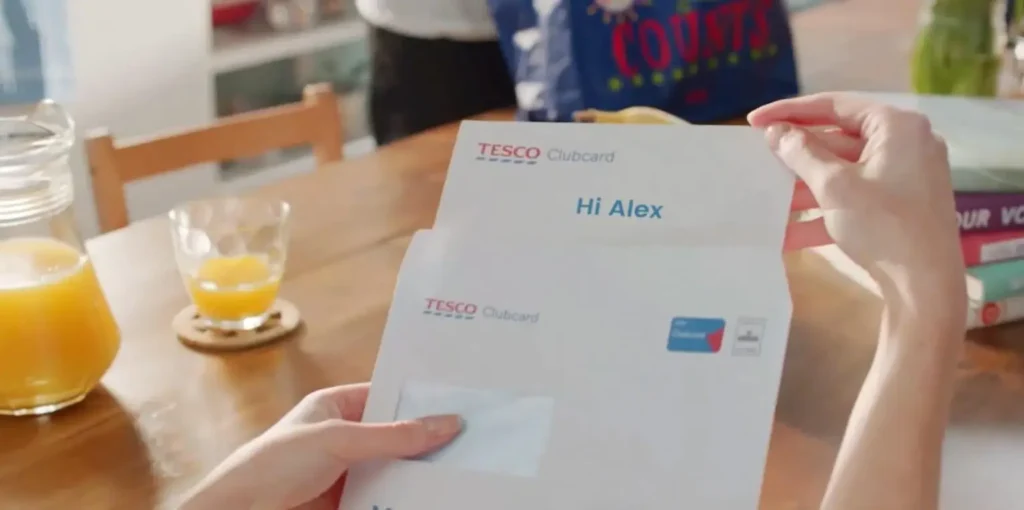It’s no secret that today’s customers are driven by experience. A strong customer experience that removes friction before the purchase experience is a significant factor influencing people to make purchasing decisions or pay extra for increased convenience. For example, 51% consumers opt in to subscription services for convenience.
The part you might not know? When it comes to the financial industry, J.D. Power’s recent report discovered that most banks are missing the mark with these targets, leaving 13% of customers likely to switch their bank in the next 12 months.
That’s where hyper-personalization comes in — yeah, not just personalization, but hyper-personalization. If the phrase makes you think of personalization on steroids, you’re not wrong.
Essentially, hyper-personalization provides a richer customer experience by leveraging customer data to produce content and tailor communications for each client. Often, though not always, it leverages artificial intelligence in the process. And this kind of personalization helps banks and financial institutions looking to boost digital engagement with customers.
But we’ll get to that in a minute. First, let’s dig a little deeper into what hyper-personalization is and how it actually works.
What Is Hyper-Personalization?
Hyper-personalization is an advanced method of creating highly targeted content that generates a unique experience for each customer. This kind of 1:1 personalization takes things further than simply swapping out the [first.name] field in your email subject lines.
Instead, it uses data, such as the customer details you have in your CRM, to provide personalized messages exactly when and how your customers want them.
Any content you share with customers can be personalized — really personalized. That goes for text-based content, like marketing emails with product recommendations or SMS communications with appointment reminders; it applies to infographics and even Personalized Video, too.
How Hyper-Personalization in Banking Works
Personalized content has use cases across a variety of different industries, including banking. As a bank, you can leverage the power of personalization to move beyond generic communications and instead create data-driven experiences that truly resonate with your individual customers.
Post on
We’ll cover more personalized banking examples later in this article. But for now, let’s say your customer, Sarah, logs into her mobile app. She’s greeted with a Personalized Video that:
- Summarizes her monthly spending habits
- Highlights potential savings opportunities based on her transaction history
- Suggests a budgeting tool tailored to her financial goals
Sounds pretty impressive, right? How is this possible? It’s just a matter of using the right customer data and surfacing actionable insights. (And this is part of what many fintech apps do so well.)
- History. Looking at a customer’s account history helps you identify spending patterns, financial goals and areas for improvement.
- Account activity. This shows product use, engagement levels and potential needs for additional services.
- Communication services. Notice Sarah’s individual communication preferences (both channel and frequency) and adjust your messaging for customer interactions accordingly.
You can use video for targeted cross-selling too, like in this loan video below. Because you know what your customer needs — and your customer knows you — your personalized offer is instantly more relevant.
This kind of video can be distributed on a variety of digital channels. We mentioned apps above, but there’s email, web and more. In fact, the data shows that an omnichannel approach is the best way to reach younger consumers like millennials and Gen Z.
Is Hyper-Personalization in Banking Worth It?
The banking industry has a lot to gain from tapping into the power of hyper-personalization. Customers are 4x more likely to feel valued by Personalized Video over generic video. And banks who personalize can stand out — only 9% of banks are successfully providing personalized recommendations for better financial management.
What are some additional benefits of a personalized banking experience? Personalization drives your bottom line. Hyper-personalization makes your upselling and cross-selling more effective, cutting through the noise in a crowded industry. For example, when it comes to Personalized Video, our clients have seen up to a 9x increase in conversion rate.
Don’t have the right data? You can personalize your content through methods like interactivity, integrating interactive budgeting tools that let customers actively participate in managing their finances. This lets the customer personalize their own experience as they interact with your content.
Consider simple use cases that are repeatable for everyone (onboarding, which we’ll talk about below, springs to mind). This kind of personal touch increases customer satisfaction, measured with NPS lifts of more than 30 points. Take a customer-centric approach to your content strategy, and watch how your retention improves as customers stay around longer and even refer friends and family.
How Banks Can Apply Hyper-Personalization
We know what hyper-personalization is and why it’s so integral to crafting a stellar digital banking experience. Now, let’s put all of this knowledge into action by looking at some major use cases where you can use personalization to your benefit.
Onboarding
Good onboarding is crucial for building lasting relationships with banking customers. Use hyper-personalization to welcome new customers and clearly outline their account benefits. Then provide step-by-step guidance on essential features that apply to them, such as mobile check deposit (which might be helpful for small business owners or individual proprietors) or setting up automatic bill payments.
Product Adoption
Hyper-personalization can also help drive product adoption. Show the specific benefits of various credit cards or financial products based on individual customer needs and goals.
For instance, create a video explaining a new investment opportunity. Highlight potential returns tailored to a customer’s risk tolerance and investment timeline. Interactive elements can allow customers to explore different investment scenarios, request financial advice or even start an application directly within the video.
Customer Support
Address common banking inquiries or cover how to perform straightforward tasks. For example, directly address a customer’s specific issue via a Personalized Video or a chatbot explaining how to reset their online banking password or dispute a transaction. This empowers customers with self-service options, reduces support ticket volumes and enhances customer satisfaction.
Using AI To Create a Hyper-Personalized Experience in Banking
Over three quarters of Gen Z consumers are interested in AI-driven videos from brands. Meanwhile, more and more bankers are coming to understand the power of AI for customer engagement and the future of banking: 82% of bankers say AI is a critical part of their strategy to attract and retain customers.
You can leverage AI to help create personalized content, taking some of the lift off internal teams or defraying the cost of hiring an agency. For example, you can use AI to create a video or graphic personalized to the individual, delivered at key touchpoints throughout the customer journey.
Our AI video creator uses something called retrieval-augmented generation (RAG). This special search engine framework means that the creator pulls solely from data sources specific to your company rather than mining the entire web. That means your video content is always on message and accurate — critical when it comes to financial communications with customers.
Another note about AI: You want to make sure that your data is kept secure. We’re careful to isolate customer data from the main LLM (large language model) that helps with tasks like script generation. That means your personalized data isn’t shared outside our system. Here at Idomoo, we keep everything secure by following rigorous data protection requirements with all data, including personally identifiable information (PII).
Data security is important in every industry, but particularly for financial institutions. We work with some of the most trusted banks and credit unions in the world, and we regularly undergo comprehensive third-party cybersecurity audits. When you’re choosing a personalization provider, be sure to check their data security credentials like ISO 27001 and SOC 2 Type 2.
Watch Hyper-Personalization Pay Off
Personalization is an effective way to improve the user experience for your customers. Whether you’re using it for onboarding, customer support, cross-selling or all of the above, you can gain a competitive advantage over other financial services companies by using hyper-personalization to drive customer loyalty.
Need a platform to power your hyper-personalization strategy? We’re here to help. Schedule a call to learn more.







